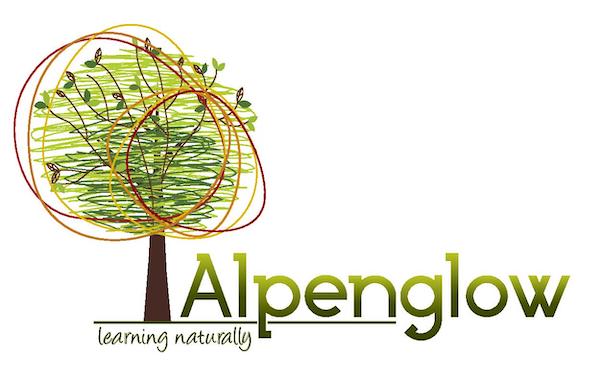Alpenglow School
|
The Nature Immersion Program has teamed up with the Playground Committee to help facilitate student involvement in the design and ultimately the production of play elements for the schoolyard. What a fun project! The teaching technique we’re implementing is called ‘design thinking’ and it is a process for creative and collaborative problem solving. We’ve also linked this project work with the grade 5/6 math curriculum.
The grade 5/6 class began by looking at the playground space designated for them to design. They diligently measured this space using a variety of tools and then transferred the information onto graph paper. There was some great hands-on, real world math going on here. The students then went indoors and started to brainstorm possibilities. They built miniature 3D models of this space through the use of small “loose parts” objects. I was blown away by their designs and ability to think spatially (see the attached photos for detail). The class gathered more information about the project by walking the schoolyard with ACES’ fundraising coordinator. She detailed the next phase of the playground construction project scheduled for next summer and helped the class consider the opportunities (like a budget) and constraints (like safety considerations). The students also dug deeper into the design process with the construction and design thinking teacher from Banff High School. They discussed what ‘mindsets’ are important for a successful design project (such as learning from failure, embracing uncertainty, and being optimistic). After completing another sketch of their playground design the class voted (using a process called ‘Dotmocracy’) to help choose, as a class, what playground elements they’d like to build. The grade 5/6 class then stepped back in the process a bit, to define the problem more clearly: How might we design suitable outdoor play spaces on the playground for the youngest students of Alpenglow? This phase of the project had the students empathizing with the kindergarten kids. They had to really consider these students, their play needs, and their unique specifications. Ms.Lea also had the students engage directly with the kindergarten students, they asked them questions, measured them and recorded this data to help build their prototype designs. The prototyping continues with the building of cardboard mud kitchens (one of the design elements decided on) with Ms.Lea before the holiday break. This work will continue in the new year. There is a build day scheduled for the end of January and then we’ll see where the project takes us next. I’m most grateful to be involved in helping with this meaningful outdoor project for our school and to help create authentic and engaging learning opportunities for our students. If you read the September Nature Immersion blog then you know ACES purchased a lot of new resources and tools for the outdoor program last school year. This blog is dedicated to how some of these new learning tools are being used in the nature immersion program. Here’s a few highlights:
Magnifying sheets and fall story books:
Hammers and magnifying loupes
Leaf sifters, simple white sheets and soil corers
Googly Eyes and Compasses
A new school year is upon us and so is our monthly Nature Immersion Blog. I thought it would be beneficial to start this year’s blog posts with a look at the highlights and accomplishments of last year’s nature immersion program as well as a sneak peak into some of the plans for this school year.
In no particular order, some of the highlights included:
This school year we’re planning to build upon the successes of last year and grow the nature immersion program even more. Some of these ideas include:
As always, if you, as a parent of a child at Alpenglow school have some ideas which would enhance the nature immersion program, please bring them forward. We welcome your contributions! The nature immersion specialist position is completely funded by the Alpenglow Community Education Society and is intended to support teachers and students in the design and delivery of the outdoor learning component, which is one of the foundational pillars of the school. by Andrea Barnes, Nature Immersion Specialist at Alpenglow School Hands down, the most magical area to explore with children has to be a wetland. Any and every type of wetland: bog, fen, pond, swamp, or marsh. I believe that all students should get their feet wet in a wetland, every spring. Wetlands always provide good learning; they are naturally playful and they inspire curiosity and inquiry.
Across the grades, so many science curricular areas can be covered by wandering in a wetland: needs of plants and animals (grade 1), small crawling and flying animals (grade 2), animal life cycles (grade 3), plant communities (gr 4), wetland ecosystems (grade 5)...you get the idea. However, what I didn’t anticipate while doing a wetland field study with the grade 5/6 class this spring was that wetlands also provide an amazing place to learn Health curriculum outcomes as well. The class explored 3 different wetland types (marsh, fen and pond) in the Marl Lake area of Peter Lougheed Provincial Park and the students pulled out an amazing diversity of aquatic invertebrates from the pond. There were dragonflies, damselflies, mayfies, diving beetles, and the most fascinating of all...leeches. Leeches alone make for good observations and conversations but leeches mating, well that is a whole new level of excitement. “I can’t believe this is happening and that I keep watching,” one student said. They were squealing and screeching, they were ‘grossed’ out, and they were in total disbelief. The best part of all as I discussed hermaphrodites and mating appendages was that the very next day this class was starting their sexual health unit at school. What a provocation for learning! All the Alpenglow classes will have opportunities to look deep into wetlands this spring. The grade 2/3 class investigated the temporary ponds around Larch Island, collectively they were able to find a good diversity of the tiniest of invertebrates (water fleas, striders, mites, beetles, and snails). They journalled about their little creatures found just a short walking distance from the school. The grade 3/4 class will explore the plants around a marsh near Troll Falls on their hike this week and all the classes will end the school year with their annual day at Bow Valley Provincial Park which always includes a wetland wander of middle lake. Continuously grateful to be part of the learning journey with these Alpenglow students. by Andrea Barnes, Nature Immersion Specialist at Alpenglow School April 22nd is Earth Day. I know what you’re thinking… ”why are we celebrating Earth Day, shouldn’t every day be Earth Day?” The short answer is “yes, yes it should, of course it should.” But then I also think every day should be Mother’s Day too, and well... you see where I’m going here. We all need days to reconnect, remember, and appreciate. So this year, the teachers decided to organize an Earth Week instead of just a day. They felt it would be more valuable to spread out the Earth loving energy over an entire week and it was great!
But before we detail the events of the week, a few bits of information about this interesting ‘Day’:
So what did our little school accomplish in their week of thinking, acting and celebrating the Earth?
Our kiddos were busy, and the teachers were inspired by their thoughtful words and meaningful actions. We should all feel proud of their efforts and perhaps you may even be inspired to do a little something this week, or month, or maybe even for the whole year that celebrates or helps our Earth. “Look deep into nature, and then you will understand everything better.” - Albert Einstein by Andrea Barnes, Nature Immersion Specialist at Alpenglow SchoolAs you know, one of the main Waldorf teaching methods is the sharing and retelling of stories. It’s one of the many beautiful foundational pieces that comes to life on the pages of the main lesson books. Nature stories are a big element of our outdoor learning time, as well. This month, stories really anchored our nature immersion and they unfolded in many different ways, reinforcing their teaching and learning importance.
The Grade 2/3 class heard an oral story while lying in the forest. They were studying ‘hearing and sound’ and our plan was to explore how animals rely on this sense to survive. The story was about a pair of bats on migration - it profiled bat species, the difficulties they face during migration, and how they use echolocation to communicate. The story was followed up with a game where one partner needed to verbally guide their blindfolded partner through a migration route while avoiding all the obstacles and hazards. Stories are relevant and informative. During the science experiment afternoons, the Grade 1’s and 2’s physically acted out a story on the water cycle. They followed a single water droplet through the cycle and they literally rained down on the landscape, fell on the backs of animals, collected in ponds, and evaporated back up into the clouds. Stories are playful. The Grade 3/4 class were read a storybook while tucked in together under a large tarp (which represented life under the snow, of course). This class started their unit on ‘life cycles’ (Gr 3) and ‘plants’ (Gr 4) so we wanted to discover how they survived the winter months as we move into spring. The story gave us good information and photos about how difficult the winter world is, right under our feet. We felt our bodies heat up under the tarp while the story was being read. We then played a game of predator / prey where we were snow fleas, spiders, shrews, and our top predator, the weasel. Stories are heard but also felt. Our Kindergarten and Grade 1/2 class met Lady Spring, in all her spring glory, on March 20th. She was sitting in the forest awaiting their arrival and told a detailed story in character about her arguments with grumpy old man winter. He really did a number on us last month and Lady Spring was convincing him to loosen his hold and let spring arrive. In the end, the children were issued an important challenge to find the first signs of spring, using all their senses, in order to prove to old man winter that they had the skills to mark and celebrate the changing of the seasons. Stories are engaging and magical. Finally, the Frade 3/4 class were retold a gifted Blackfoot story about the arrival of the first prairie crocus. Unfortunately, we didn’t actually find the flower on this day, but my hope is when they do, they will have a deeper appreciation for its significance. Perhaps, they’ll even feel inspired to share the story too! Stories live in place and come from the land. "The purpose of storytelling is not to tell you how to think, but to give you questions to think upon.” - Brandon Sanderson With Andrea Barnes, Alpenglow School's Nature Immersion Specialist One of my favourite nature activities to do with students has to be exploring nature with maps, designing our own maps, and orienteering. This month the Grade 5/6 class did an orienteering course and mapping exercise through the Alpenglow forest and Lions Park. We were integrating their math geometry block into this outdoor learning experience. We (Ms.Erica and I) expected these students to excel at this task. They are a fit group of kids, they are excited about taking on independent challenges, and they know this area exceptionally well. What I didn’t expect, is to hear first hand, just how strongly connected they are to this learning place.
The orienteering course was designed to take them to 5 stations and each pair of students had different markers they had to find and in various orders. They managed this task in record speed and found various ways in making the task even simpler by predicting what one marker must be if it needed to lead them to another (clever kids). The students were then tasked with collecting information for the design of their own maps. They measured the distances between markers (using different techniques), captured the height of the tallest trees using clinometres (and advanced trigonometry), and my favourite exercise, inventoried places and spaces they found worthy to put on their own map. What I learned from the student’s observations was that they have a unique and detailed knowledge of this landscape. One I don’t share, as it’s truly their space. It brought the concept of “place-based” learning to life for me and I got very excited. The kids shared stories of the squirrel tree, climbing tree, Hobbit hole, secret path, burly tree, tag pole, culvert area, the “creek town homes”… and the list went on. This intimate connection has obviously taken time to establish. Some of this class (the grade 6’s) produced 3D clay maps of the forest last year. They referred to this particular mapping exercise several times when they were brainstorming important features of an Alpenglow forest map. Their clay maps were still a powerful memory. Everyone shared something or somewhere they find important, to them, in the back forest. Now that’s special. It’s math, it’s science, it’s art...it’s learning in and from the land. Try it...if you want to see how well you know a place, draw it, sketch it...map it. Make a map for the best way to move through an area so someone dear to you could see all your favourite spots. The challenge is on... by Andrea Barnes, Nature Immersion Specialist at Alpenglow School The theme of the Nature Immersion session over the past 2 months has been the arrival and magic of the winter season.
Potentially one of the sweetest outdoor sessions I’ve delivered for the Alpenglow students occurred on the first day of winter with the Grade 1/2 class. The class found me in the forest, dressed as a Winter Light Fairy. They heard a magical story about how my ‘job’ was to slowly collect and keep the light safe (from summer to winter solstice). After the longest night, the light would be returned in small portions - day by day. However, the rambunctious Red Squirrel and pesky Pocket Gopher got into my light storage and took it all! The students then learned about the spectrum of light and that they could help find it, they could help make it right. But...they had to be extra careful with it - they could only return the light one piece at a time, as it could easily break apart. The squirrel and pocket gopher stashed the frozen light throughout the Alpenglow forest. The stage was set. The class enjoyed their search, it was a winter easter egg hunt, they were excited and tremendously careful with all the precious frozen light pieces. Once they found it all, we continued our solstice celebration with the making of a giant spiral on the open snowy area between the bridges and decorated it with fallen branches, dried leaves, and of course, their beautiful frozen light. They finished their solstice learning by sitting in their spiral and journaling by the light of their very own tealight. It sure was a great way to kick off the winter season. Winter is the such a fabulous time to learn outdoors. Animal tracks and signs are readily found, resident birds are commonly amongst us, bare branches offer new findings, and stories are easily created from all the animal evidence. Empathy for the natural world is established as the students consider what it takes to adapt and survive in our northern environment. All of this discovery of animal and plant adaptations ties nicely into the current science curriculum the classes are covering: Needs of Plants and Animals (Grade 1), Heat and Temperature (Grade 2), Exploring Liquids (Grade 2), and Hearing and Sound (Grade 3). The Grade 5/6 class extended their winter learning with a full-day snowshoe trip on a particularly snowy winter day. For most of the class, this was their first time snowshoeing so exploring this alternative winter recreational activity was great for developing their physical literacy. While exploring Peter Lougheed Provincial Park, they discovered the unique winter ecology of the area and the management challenges therein. The class was completing their social studies unit on Democracy, so they were set up with a challenging decision of how and where to develop snowshoe trails in the protected areas around our mountain home by using consensus building strategies. Winter is not over yet! We’re only half way through (as marked by the Candlemas ceremony), so stay tuned for more wonderful winter learning experiences to come. written by Andrea Barnes, Nature Immersion Specialist at Alpenglow School The month of November started with a Grade 1/2 adventure in the Alpenglow Forest. They continued their work exploring sound by creating their very own ‘sound maps’ in their nature journals. This is a tricky concept for most but these kiddos enjoyed their solo time in the forest and produced amazing little maps. The Grade 2 class then joined me, while the Grade 1’s continued working on creating colour with Ms.Chandi. The 2’s were studying magnets in science, so I told a story about a boy who discovered magical rocks in nature that helped find directions. This was the start of my learning for the day - recognizing the disconnect between how you imagine something versus its reality (kind of like trying to duplicate a pinterest recipe). I had pre-magnetized various objects and gave the children the task of creating their very own natural compasses (as was done in the story) and to float their magical metal pieces on leaves in the last remaining puddle of water in the back pond. I imagined all their little leaves floating and slowly spinning towards north (with great ooo’s and ahhh’s from the children, of course). Then, we’d pull out our compasses to check our work and photo document our little experiment to share with parents. It was going to be great! However...in reality, the creation of these compasses was a wee flop. The leaves (given it was November) didn’t float very well and the magnetized metal pieces easily fell off. This wouldn’t have been a problem if the experiment was done in bowls of water but the compass pieces were quickly lost at the bottom of the murky pond water. This led to much disappointment from the crowd and the allure of the ice forming on parts of the puddle, which desperately needed to be broken, was way more exciting then my lesson. Recognizing my failure, I harnessed their energy and tried to salvage the learning with a nature game in the woods. We all learn, particularly when we try new things! :0)
The learning continued, as the Grade 3/4 class set out to explore the rocks in our area, as they were completing that unit. They first built sedimentary rocks using their bodies and we did what they most love at this developmental stage - we made a ‘dog pile’, this allowed them to actually feel the pressure needed to create rocks and thankfully there wasn’t any dramatic folding or faulting. Then, they used their senses to identify rocks (similar to the grade 3’s last month), but this time we learned that when it’s cold and wet the limestone doesn’t respond as we expected. We then walked to the river on Larch Island to do an erosion experiment to help us better understand the power of water. We’re all learning and getting better acquainted to this extended section of our schoolyard classroom, we’re so lucky to be so close to this trail system. The Grade 2/3 class were fully immersed in their math main lesson block so we seized the day and explored math outside all morning. It was a chilly day but we adapted by ‘adding’ a wee play at Lions Park and a brief warm-up inside. The class participated in active math stations which had them measuring, making patterns, counting in different ways, and finding numbers and shapes in nature. The best part of the day was their excitement in individually measuring everything they could, including one of the school bridges (which we learned is 32 m long, in case you were wondering). They ended their day by setting up a research plot so they could measure the snowfall this winter and hopefully, the depth of the water once spring is upon us... that’s if the post stays in the ground that long...more learning. With much gratitude I learn alongside these fantastic children! written by Andrea Barnes, Nature Immersion Specialist at Alpenglow SchoolOctober’s weather came in like a lion but that didn’t phase our students, if anything it appeared to inspire their outdoor learning and play. Here’s a few highlights of the time spent with Alpenglow’s Nature Immersion Specialist this month.
The Grade 5/6’s did a weather field study right after the big October snow storm. Like real climatologists, they captured, recorded and predicted the weather. They played a rousing game of ‘capture the weather’, explored weather and climate features while hiking the Larch Island trails, and ended their morning acting out a weather play. They solidified their learning by sharing their knowledge in circle and capturing their findings with some solo field journaling time. The Grade 2/3 class hiked down to the dry creek bed past Lions Park to study our local rocks. They really enjoyed sorting the creek rocks into colours, patterns, textures, etc and recorded their favourite sorting tool into their nature journals. Then they used their senses to identify rocks using their eyes, ears, noses, and even teeth. Lastly, they created beautiful rock art and brainstormed how rocks are used in our community. The Grade 1/2 class went on a sound 'I wonder’ hike of Larch Island. This was the first hike for many of the Grade 1’s and they did great! Thanks to the parents that attended we were able to play a couple ‘sound’ activities along the trail. They also recorded all their ‘I wonder statements’ to help them value questions during their nature exploration time. The Grade 3/4 class explored map making in the back forest. They played a big game of “map maker mayhem” which had them running to the cardinal directions and doing other crazy mapping antics. They heard a story about how 5 children received parts of a map and what it all meant. Then, they created their own treasure maps, tested them, and exchanged them with partners to find each other’s treasurers in the forest. They finished their time doing an inventory of what ‘values’ and ‘places’ they’d add to a map of the school’s forest. During a nice break in the snowy weather, parents were able to explore what it looks like and feels like to learn outdoors during an ACES information night this month. We discussed the beauty and benefit of nature-based learning and reviewed some of the models used in designing our children’s outdoor experiences. I am most grateful for another month learning alongside our incredible teachers and eager students. |
Nature-Based Learning is a main pillar of learning at Alpenglow SchoolFollow our students and teachers as they take their classrooms outside to explore, connect and learn in our own natural environment. Archives
December 2019
Categories |
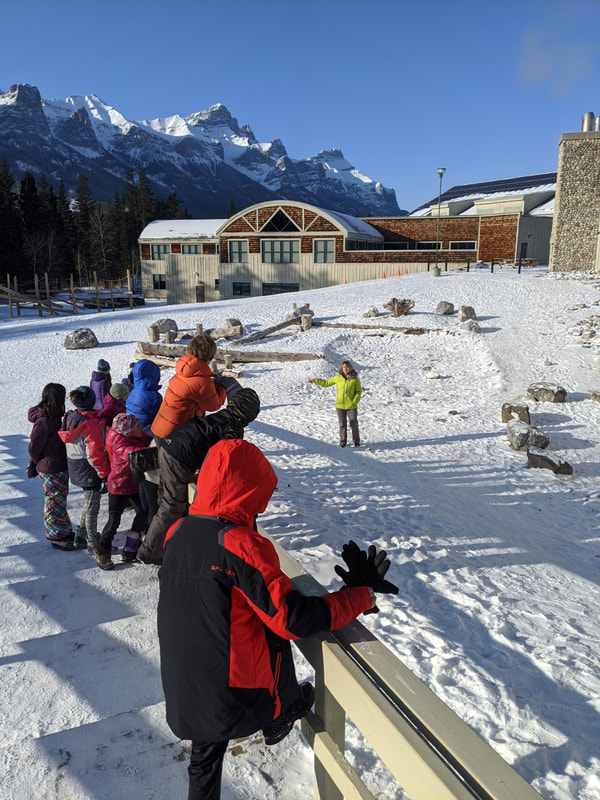
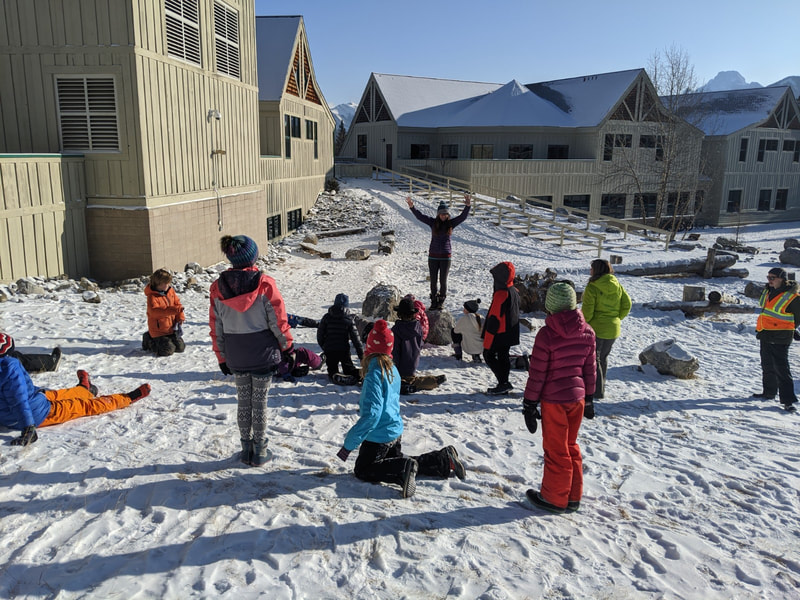
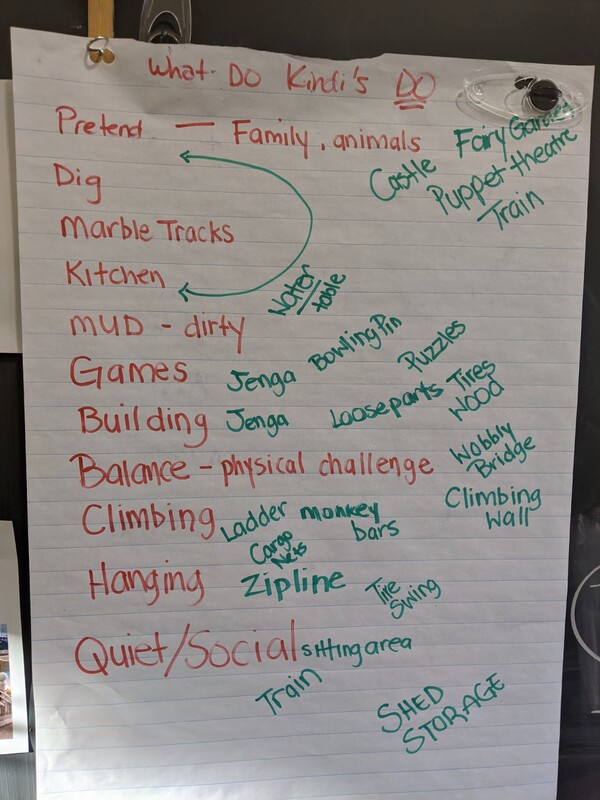
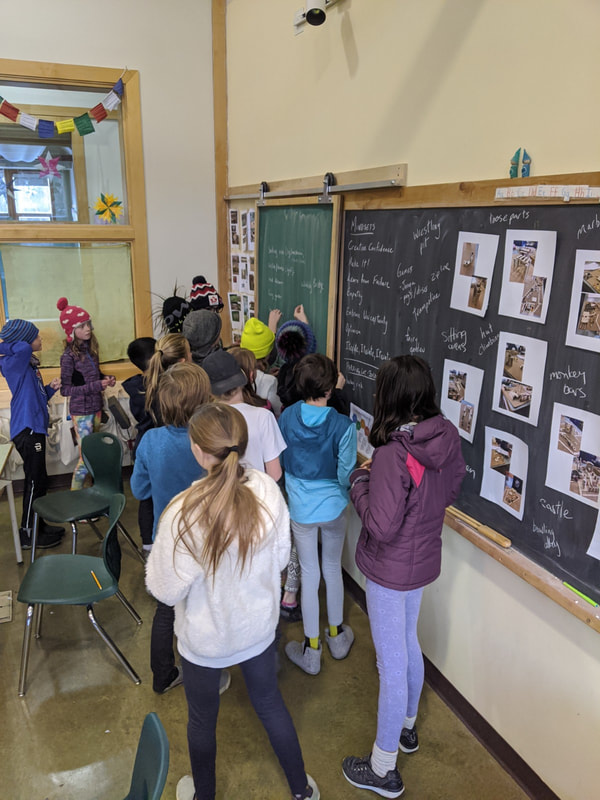
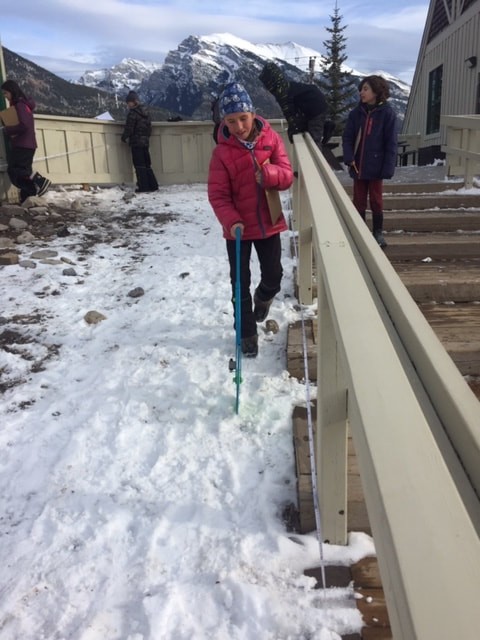
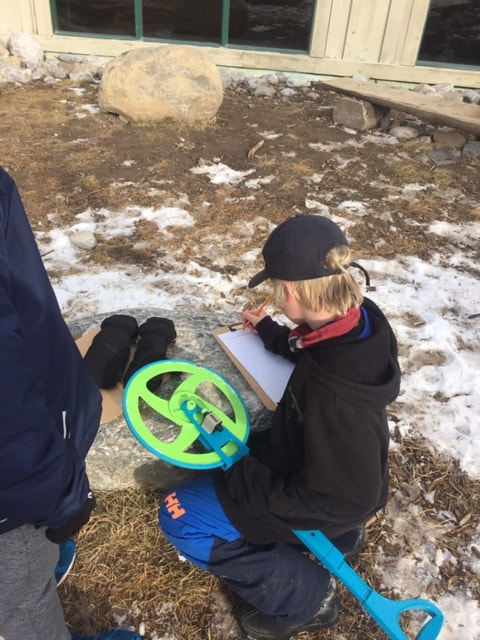
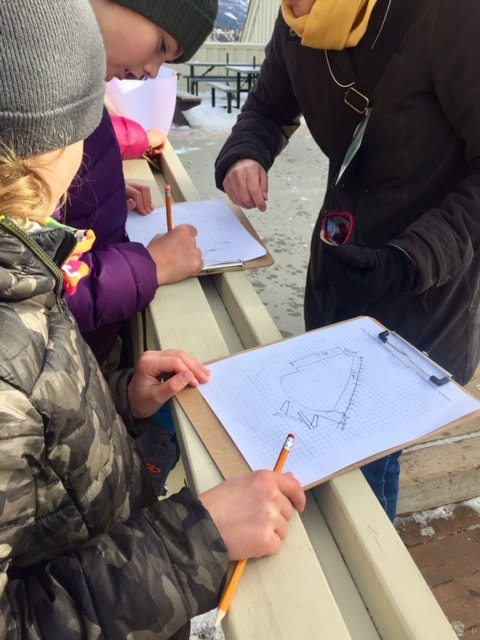
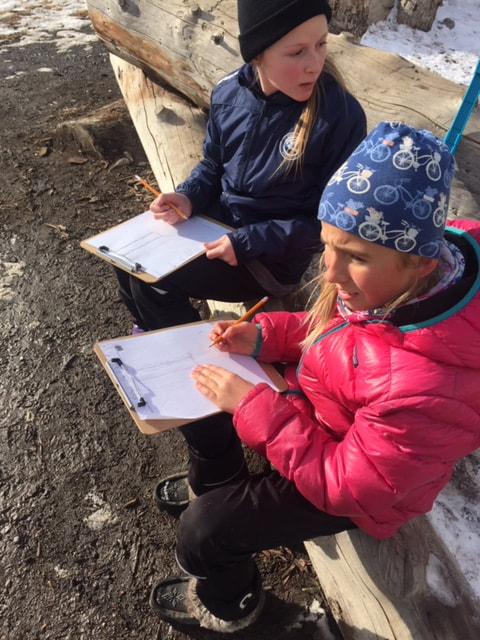
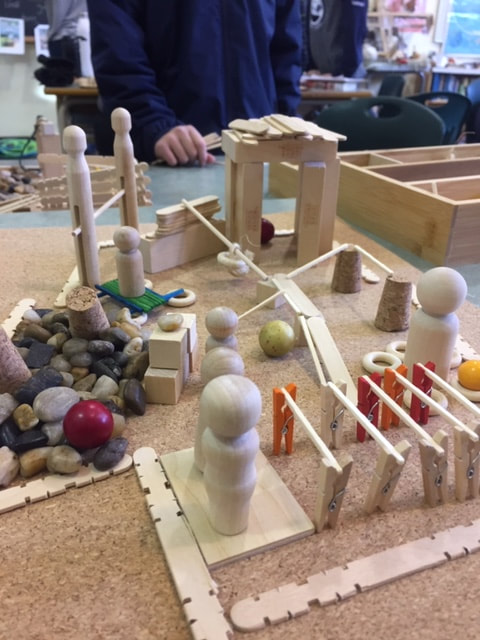
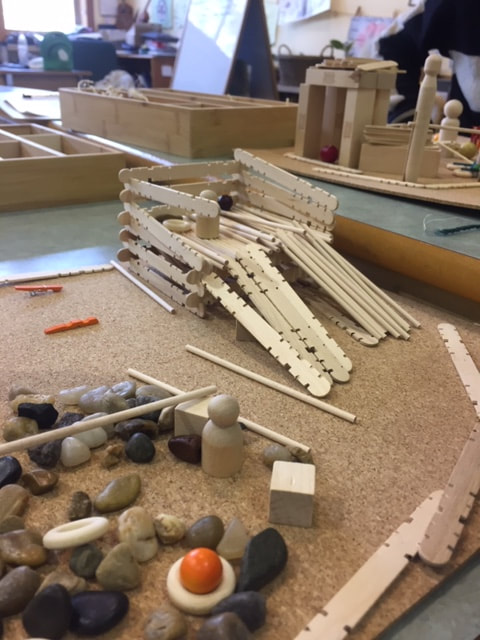
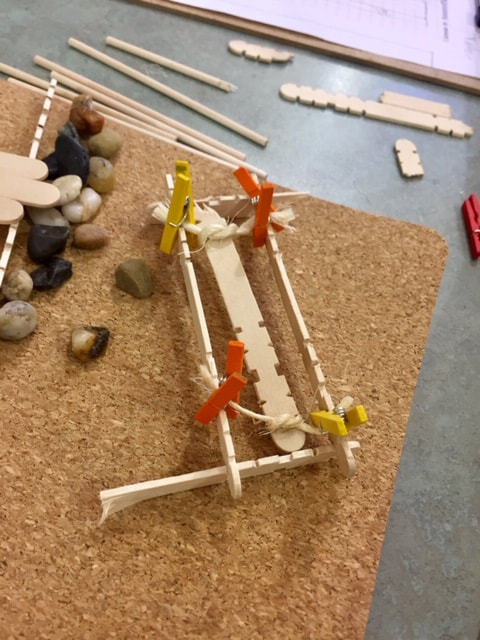
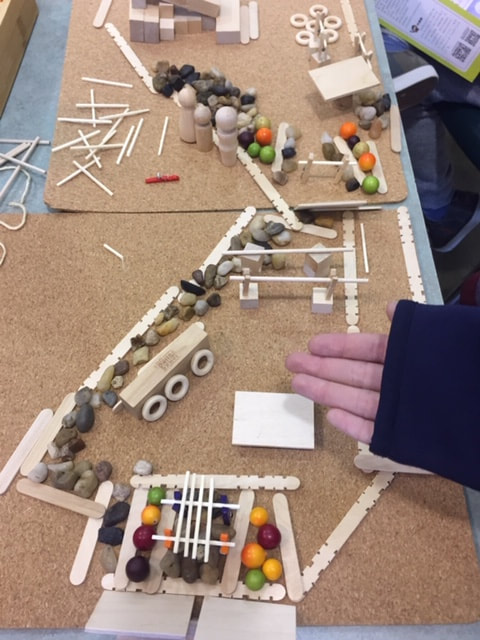
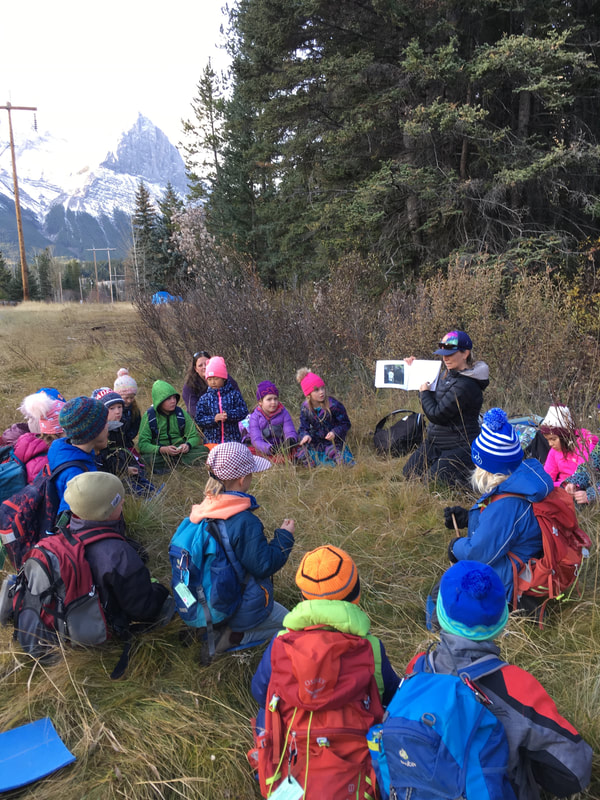
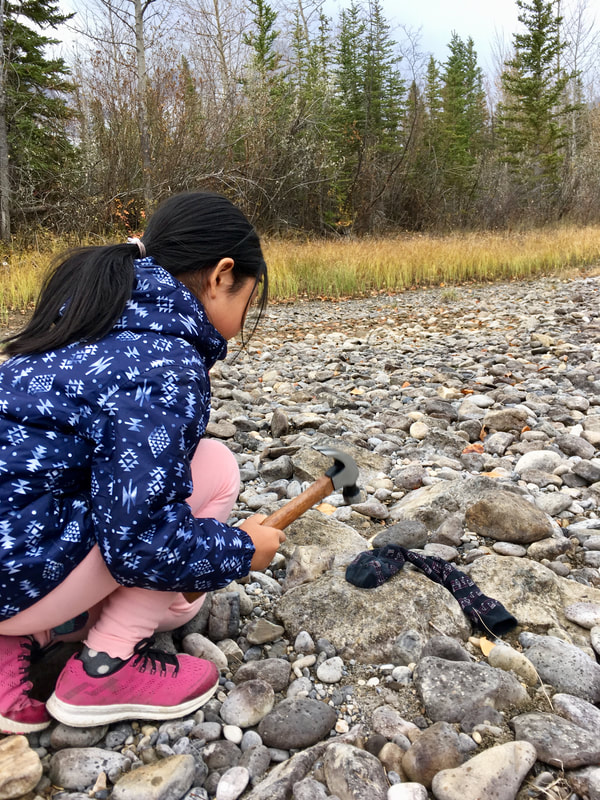
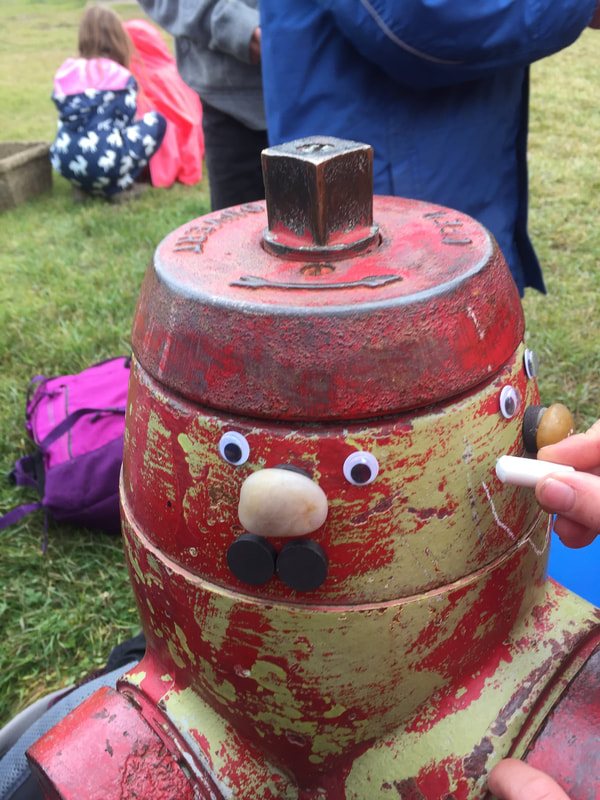
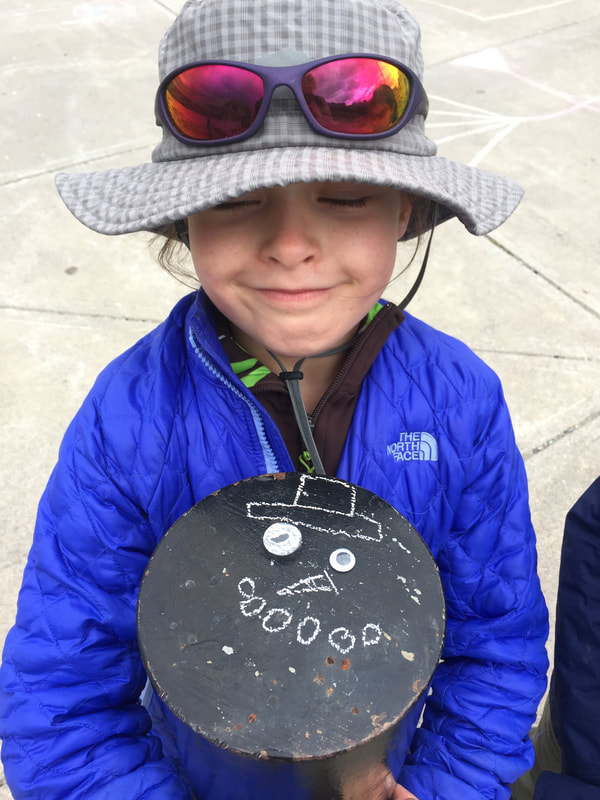
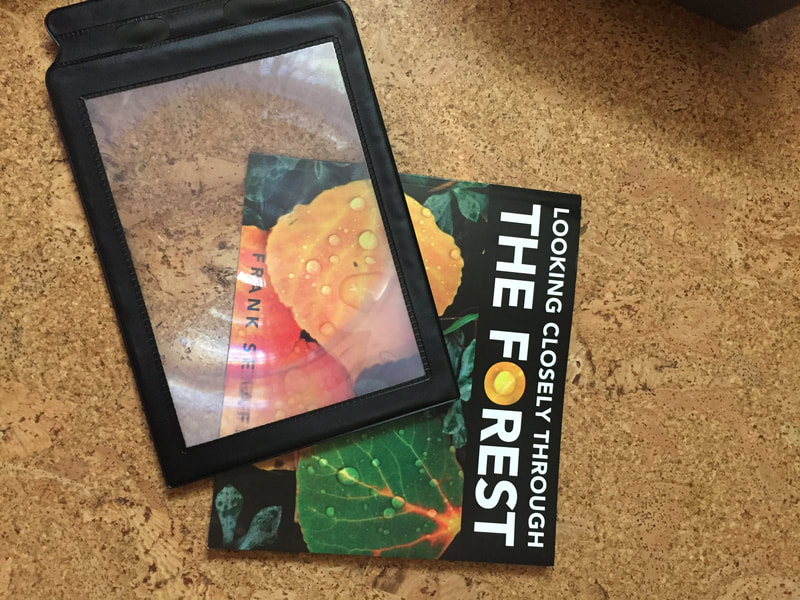
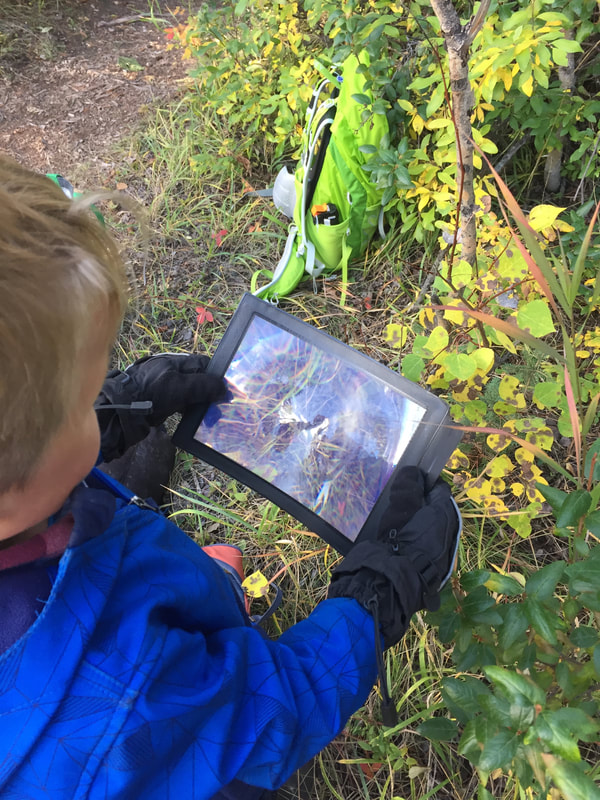
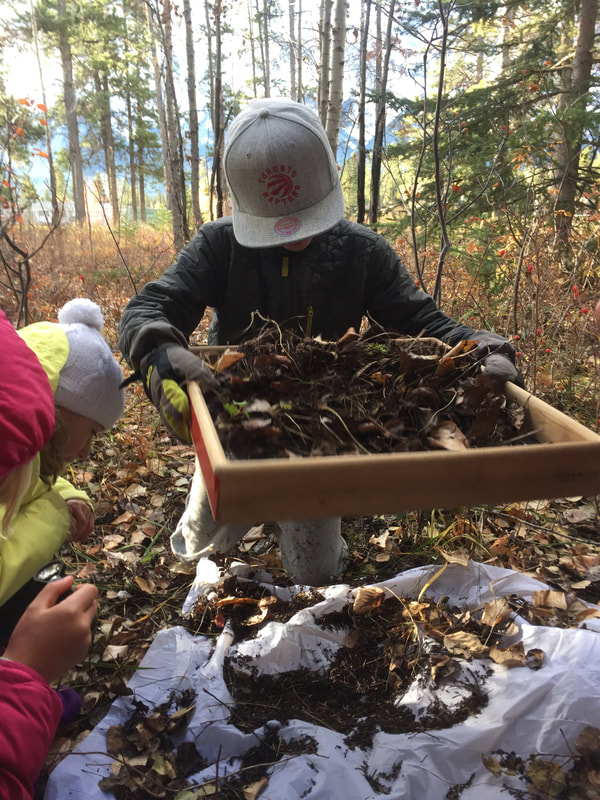
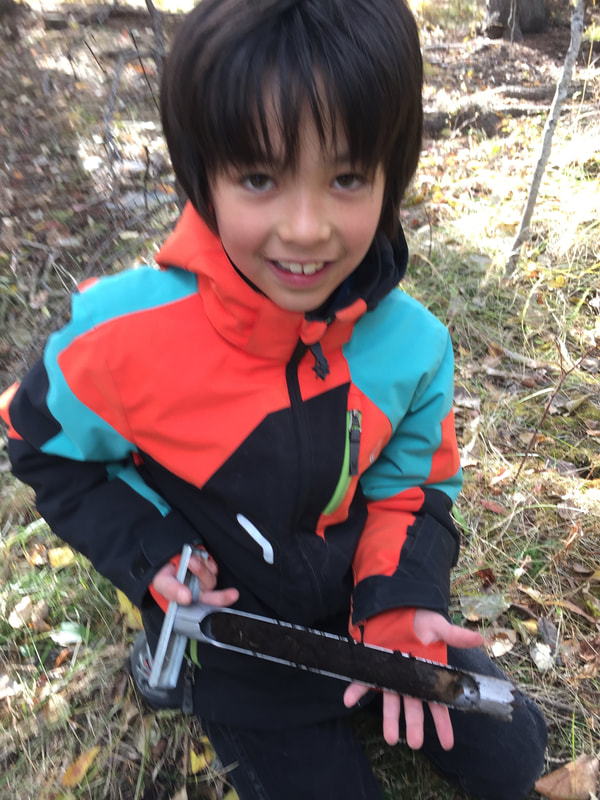
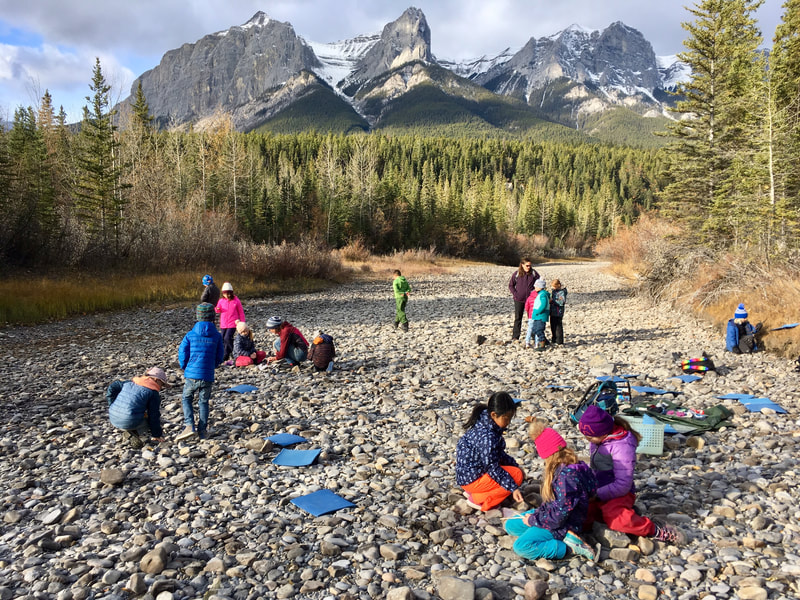
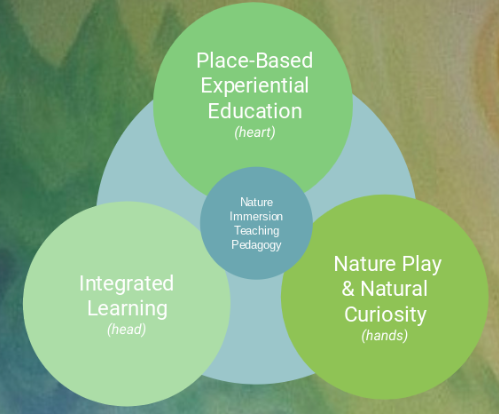
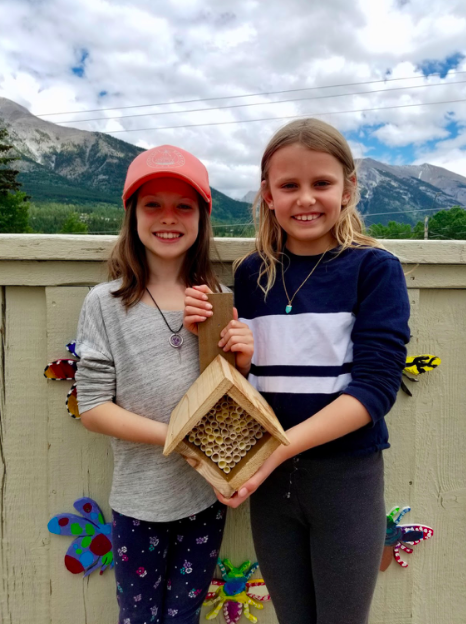
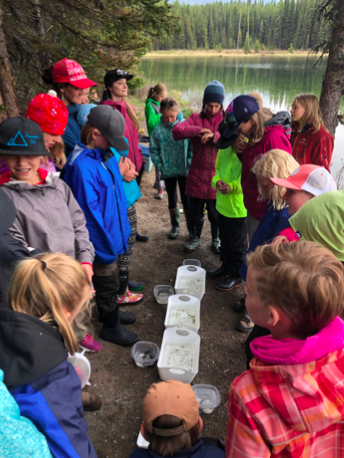
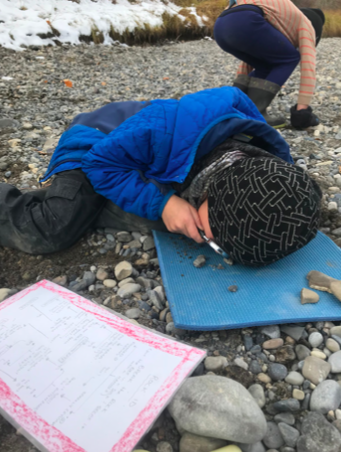
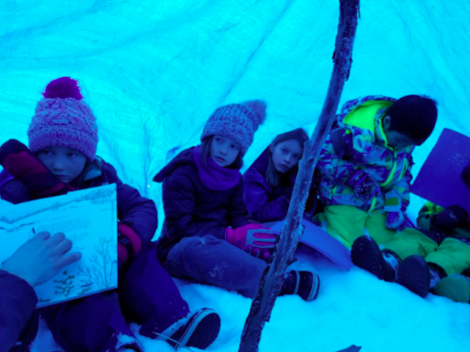
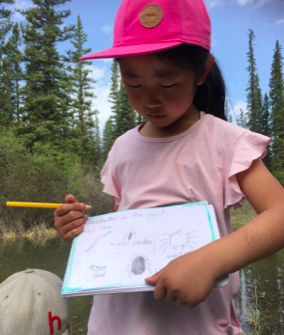
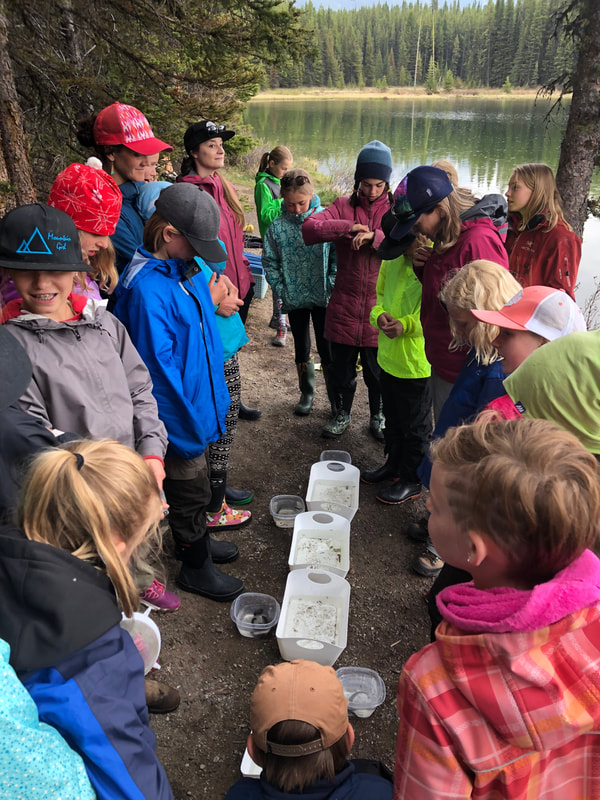
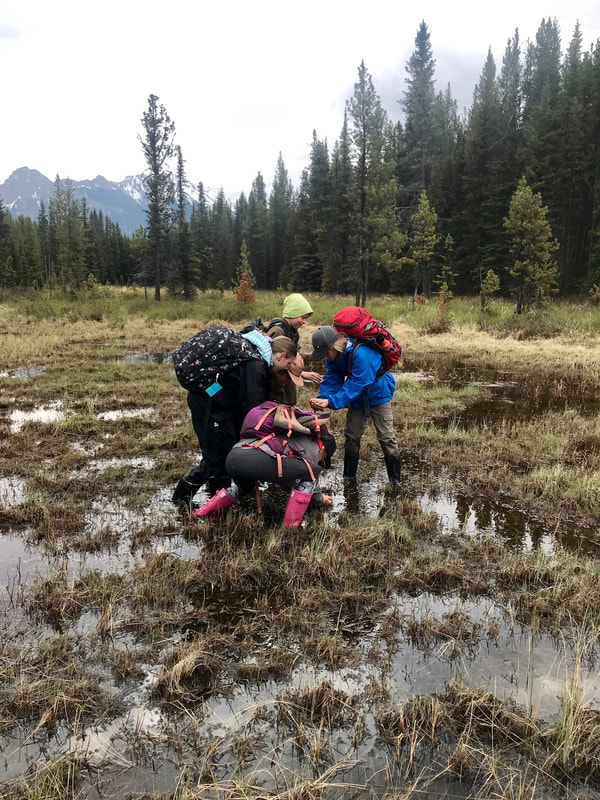
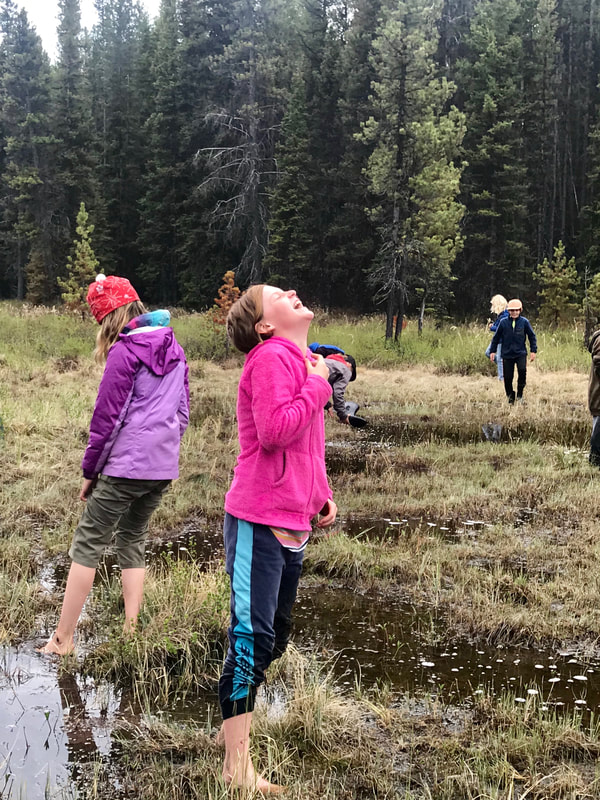
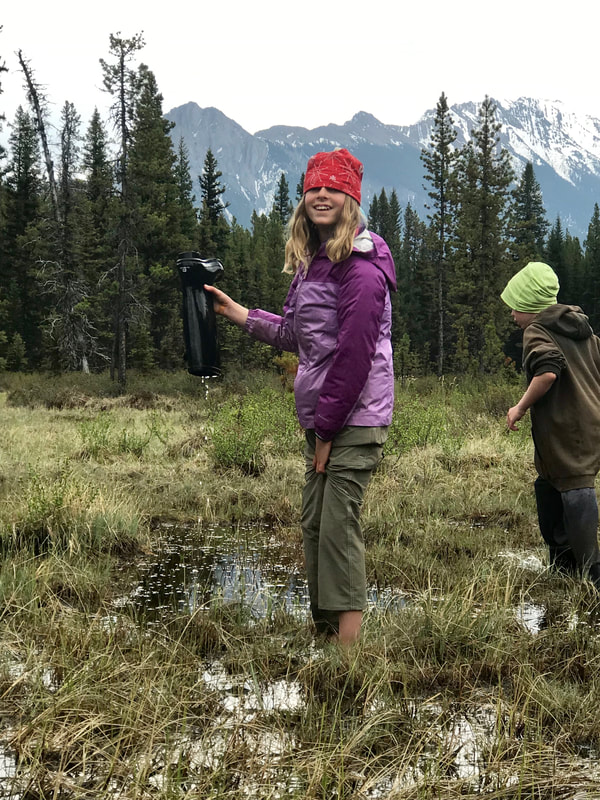
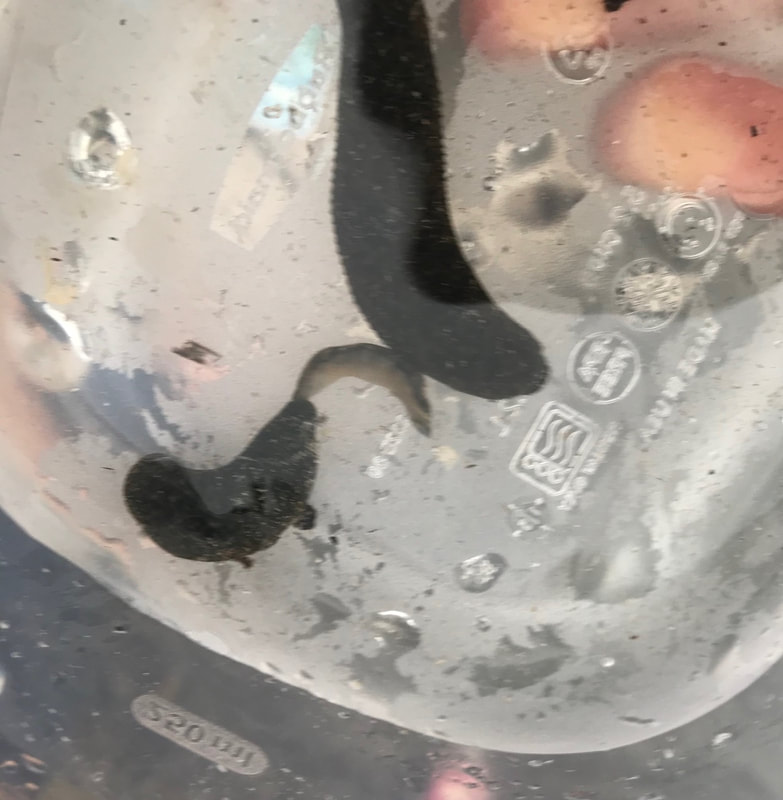
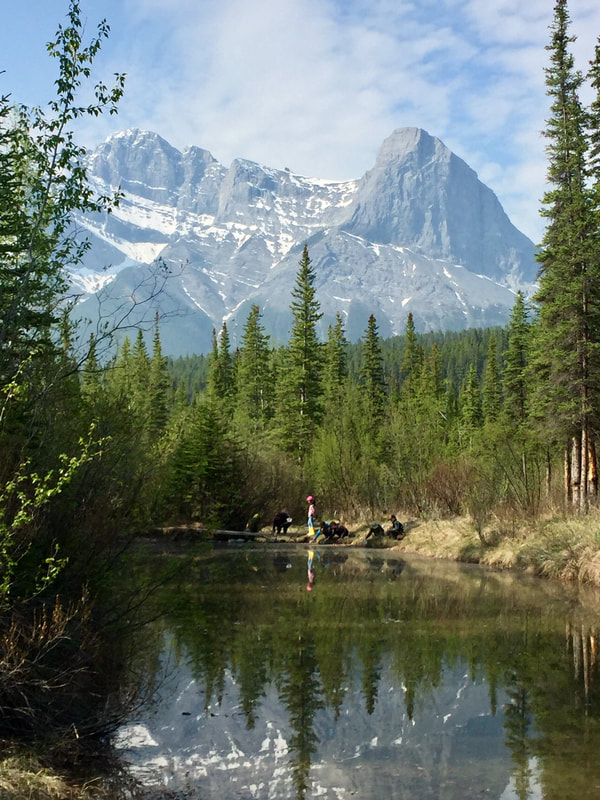
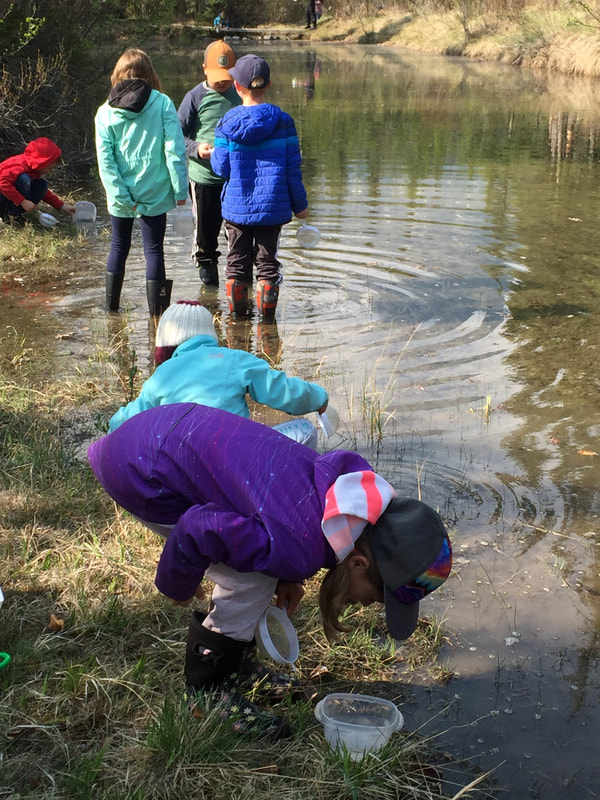
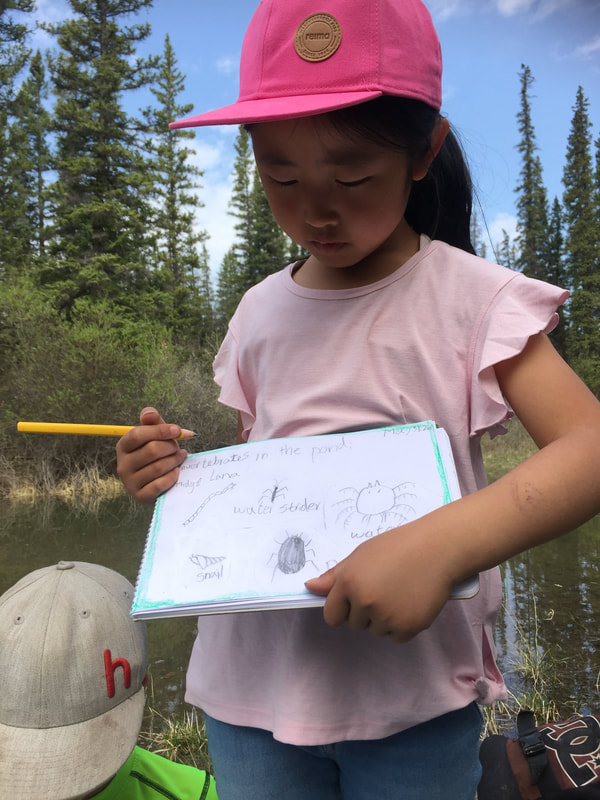
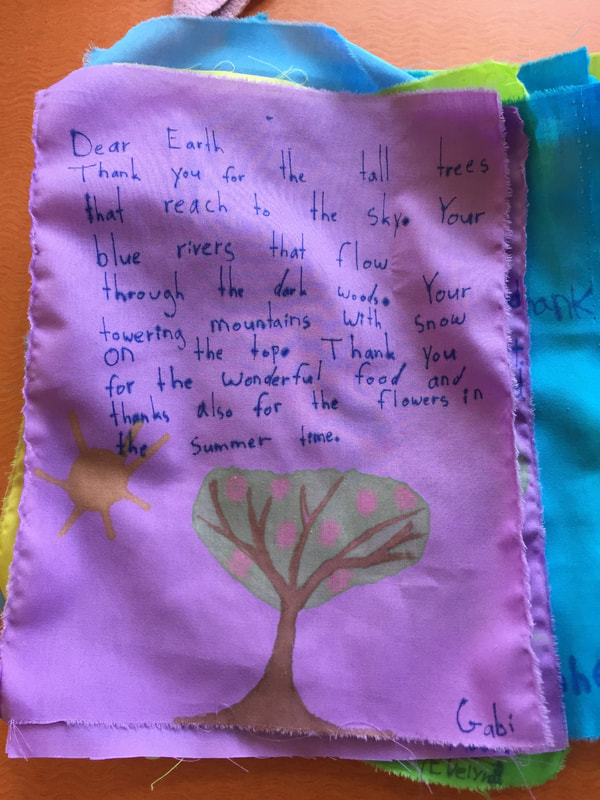
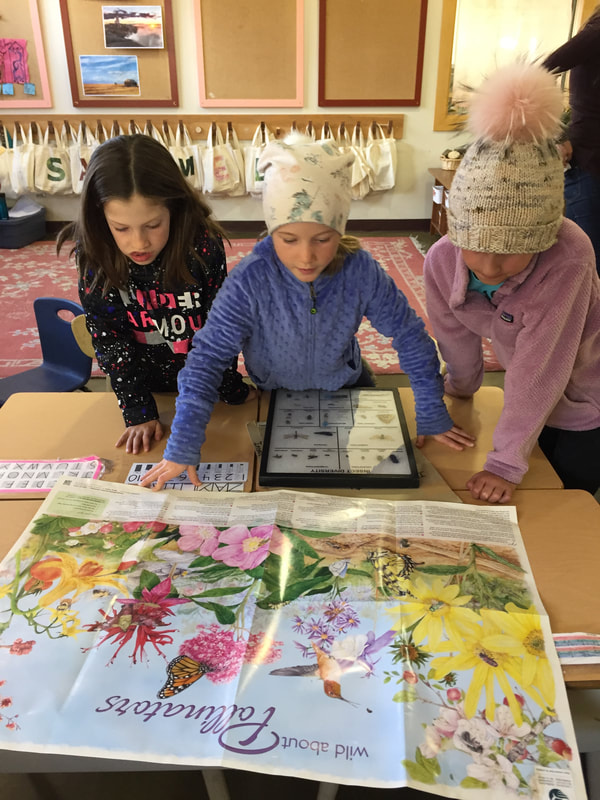
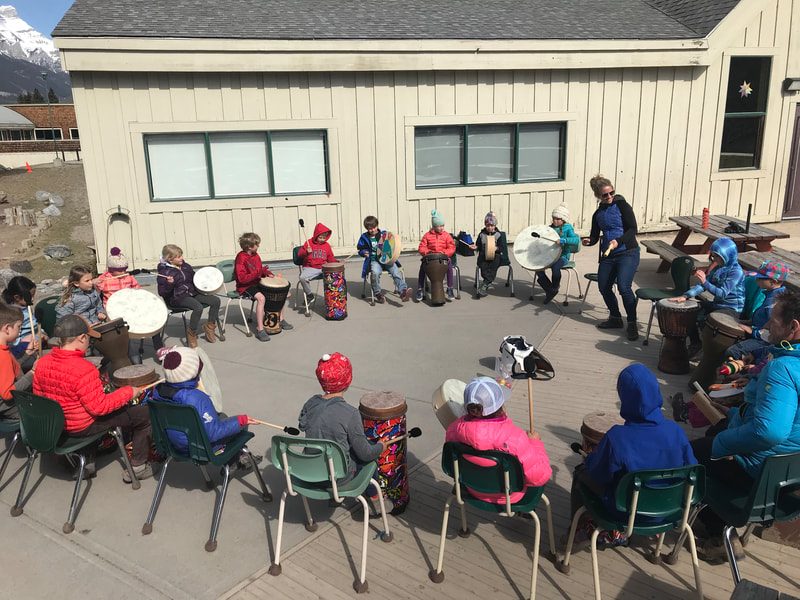
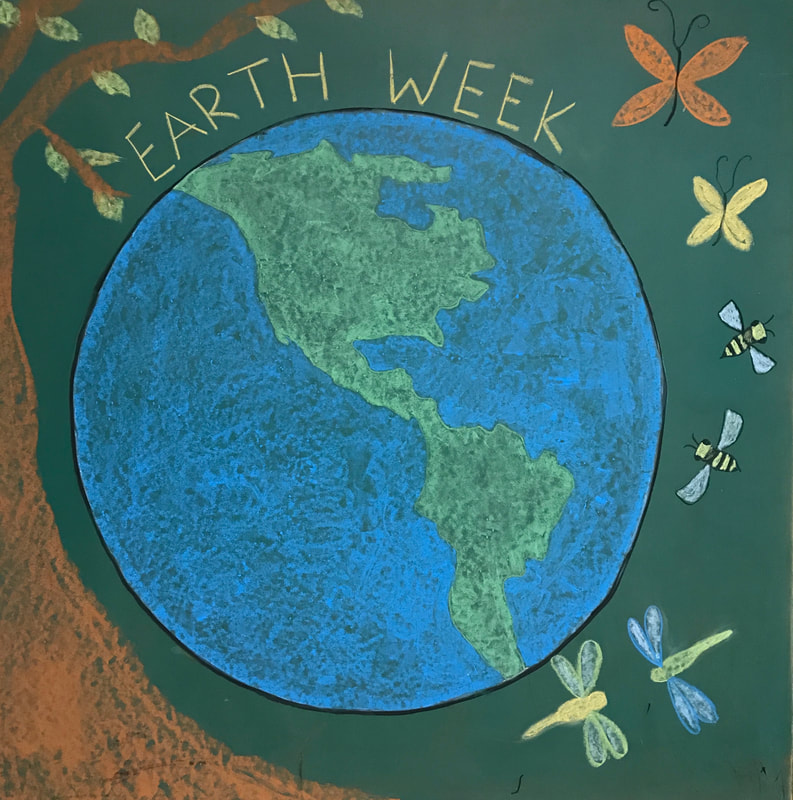
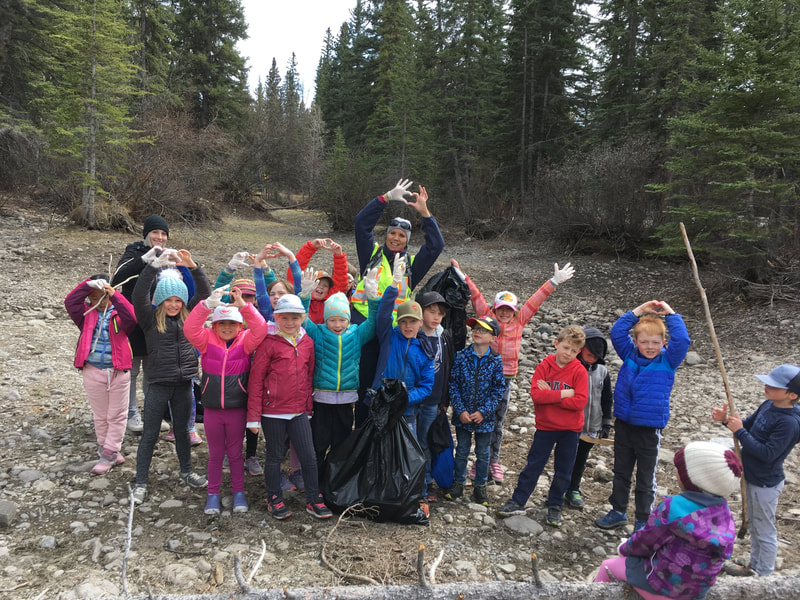
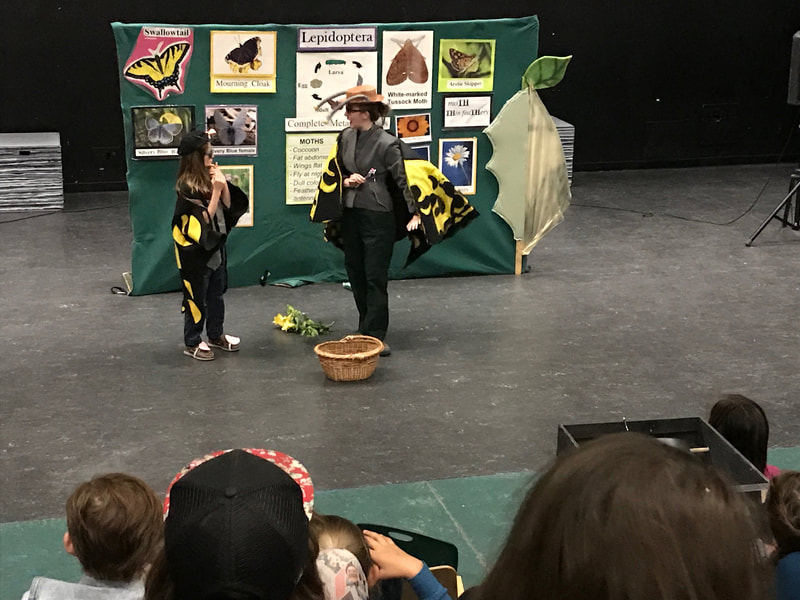
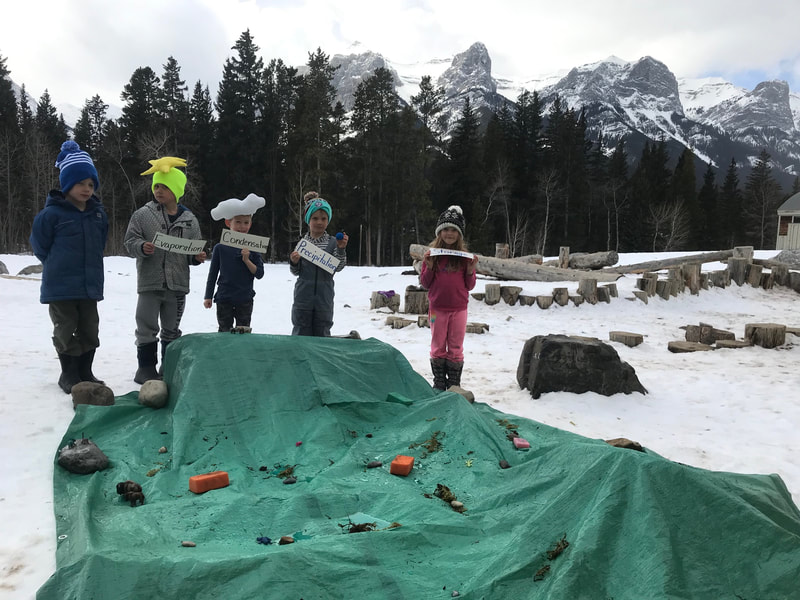
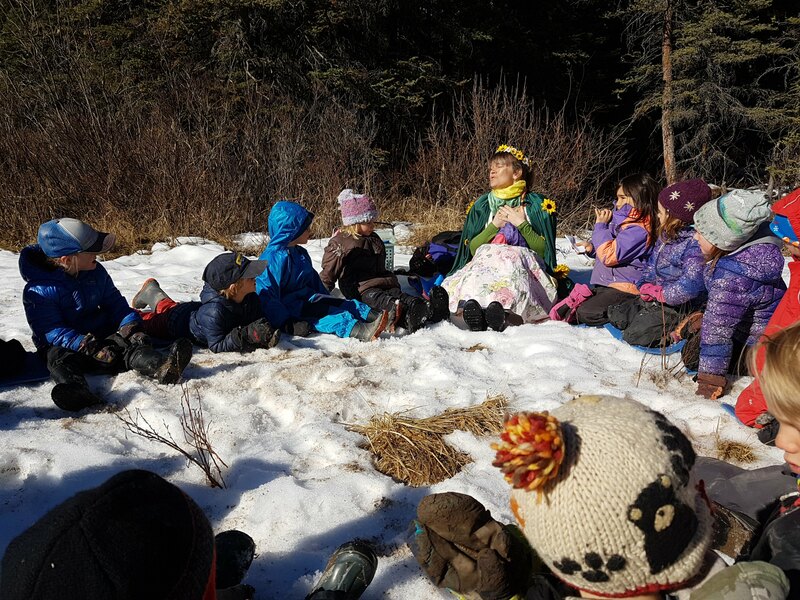
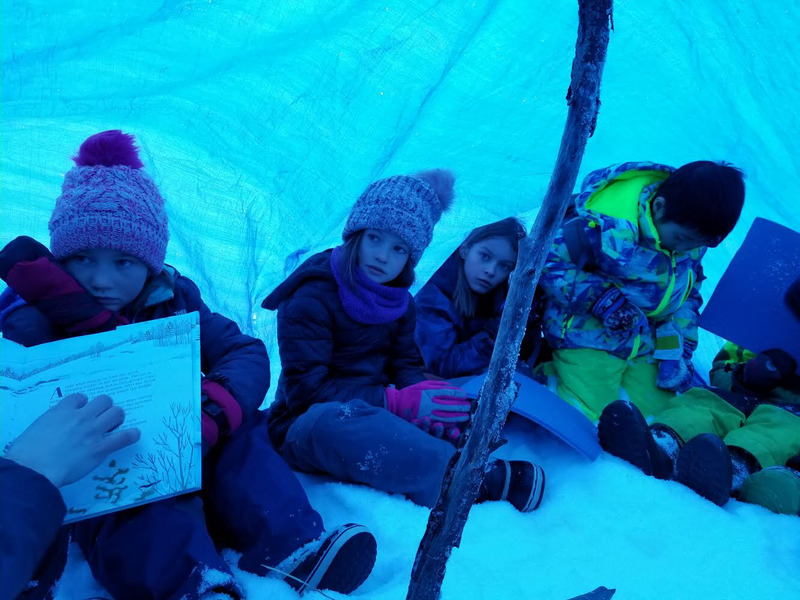
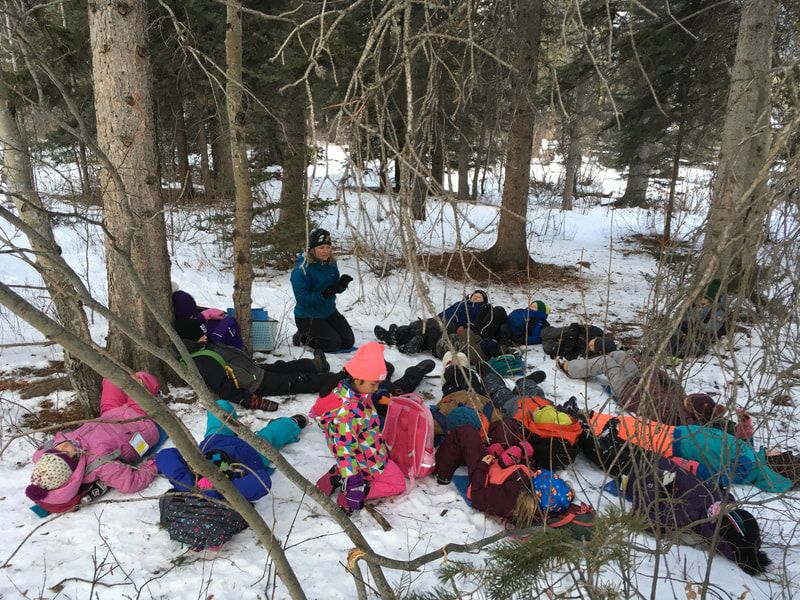
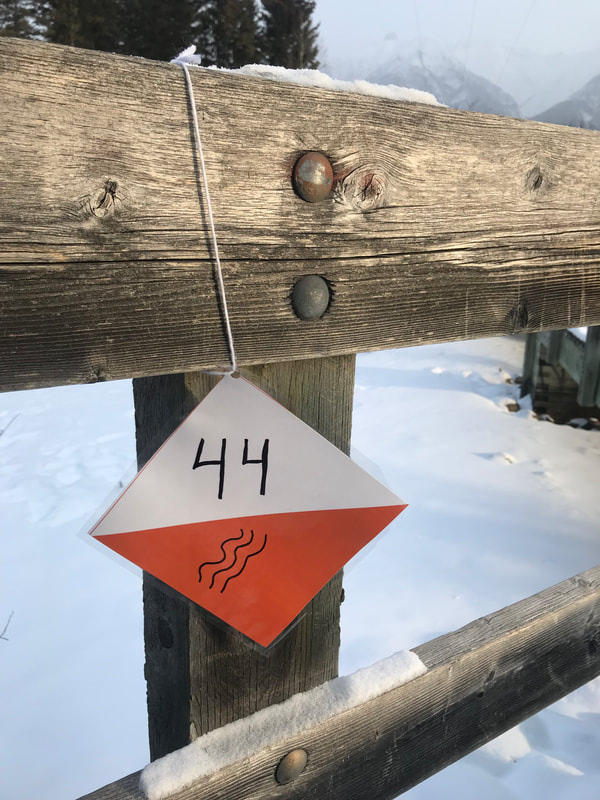
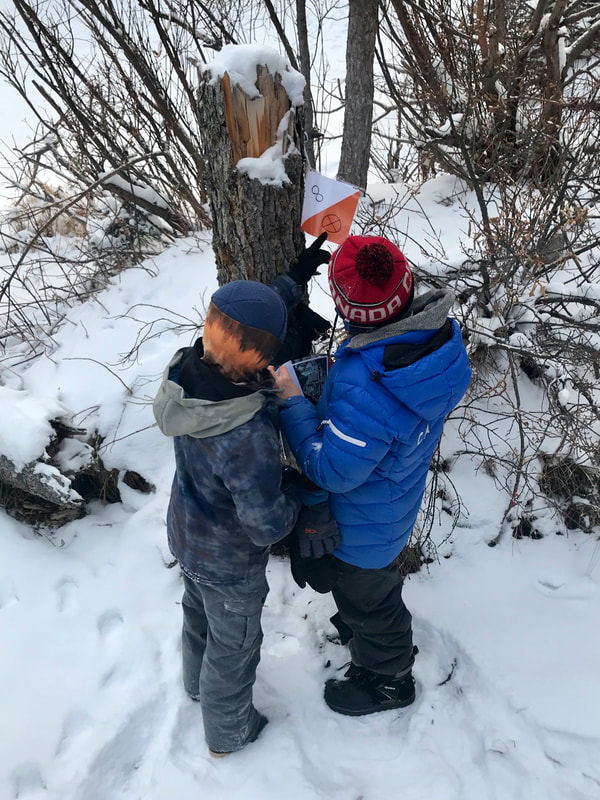
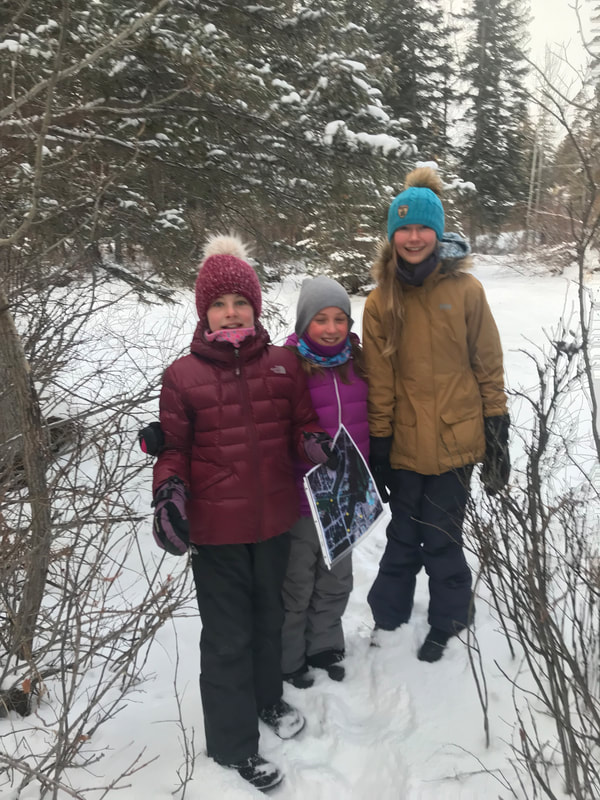
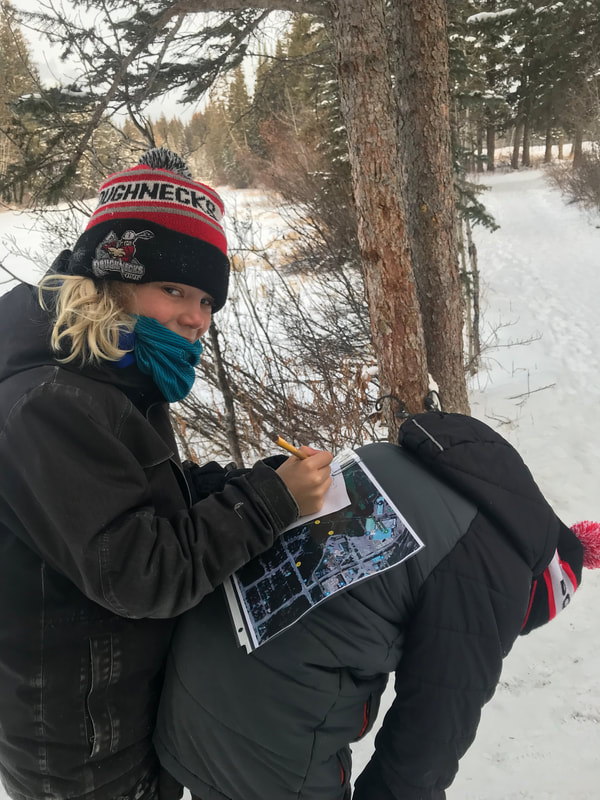
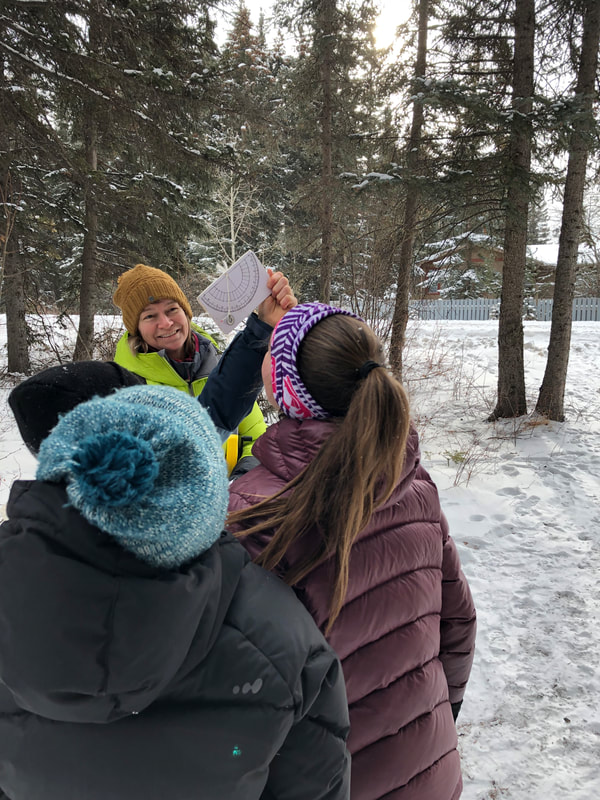
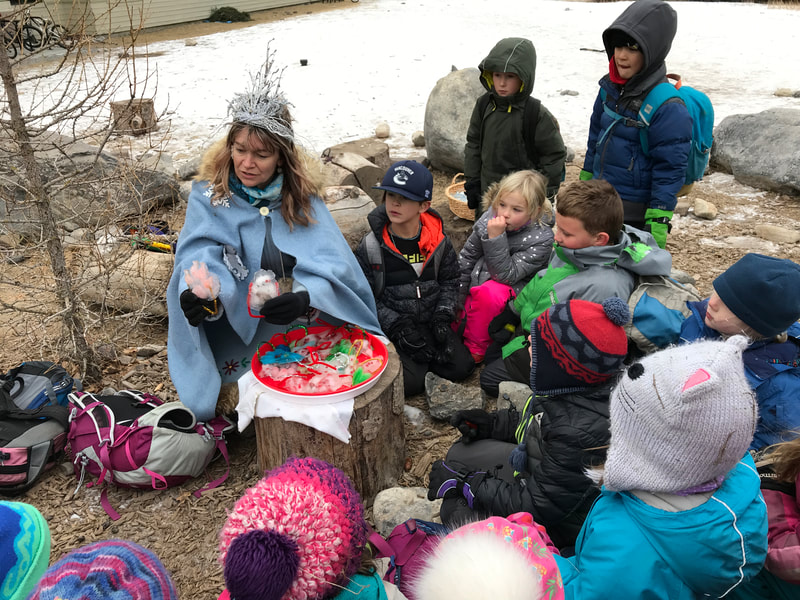
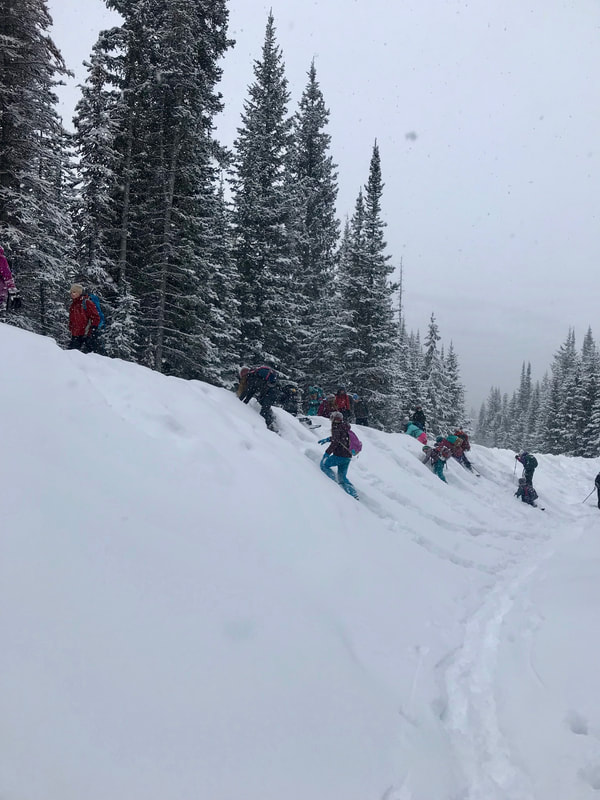
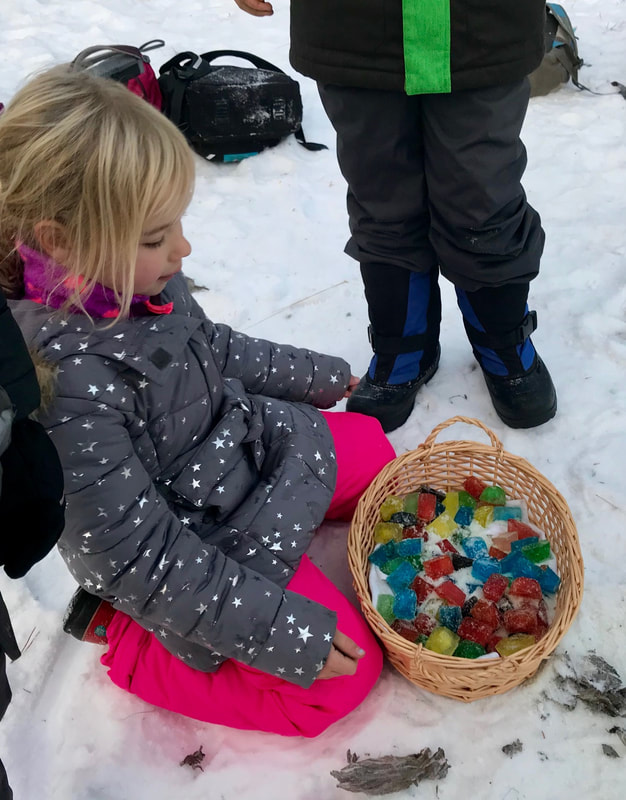
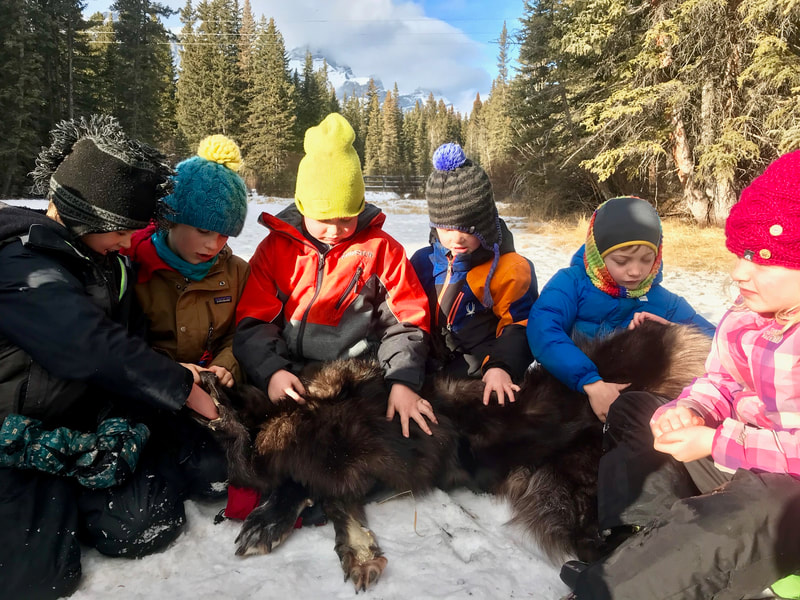
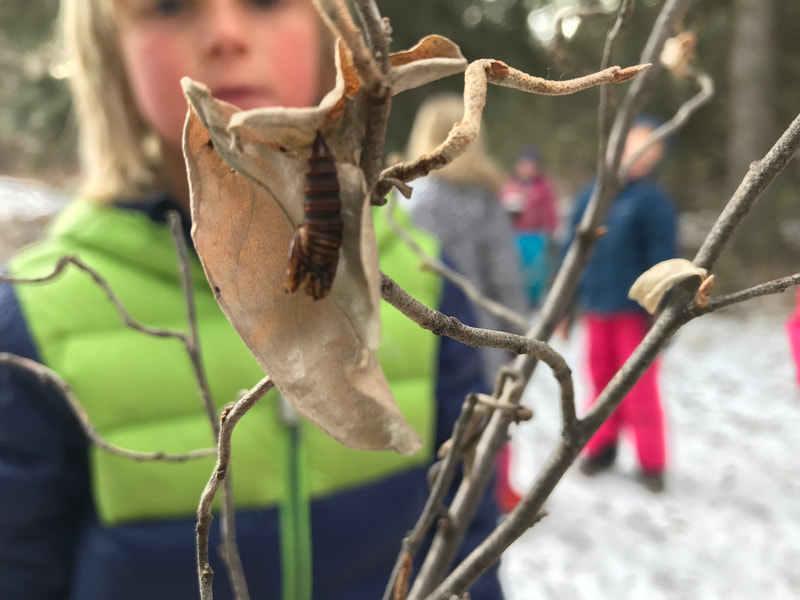
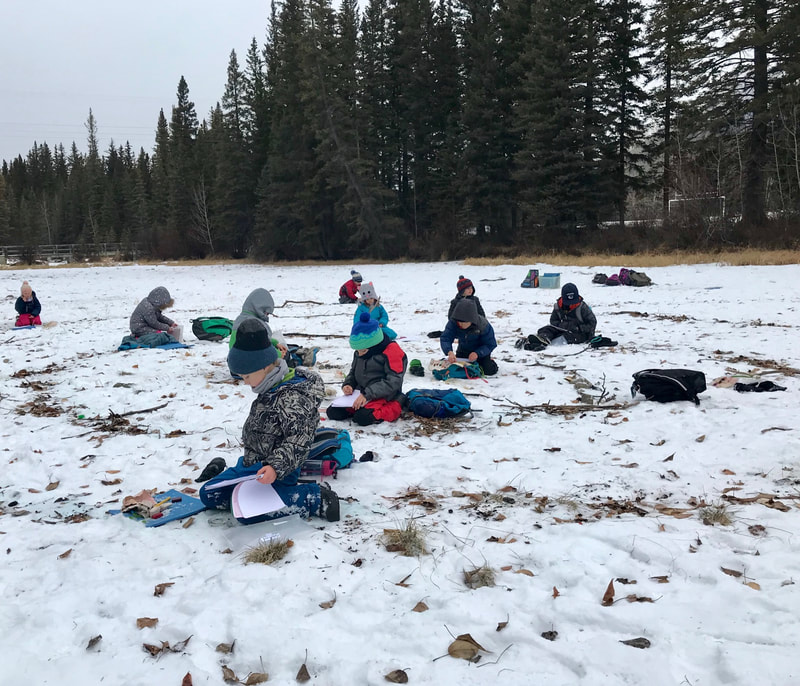
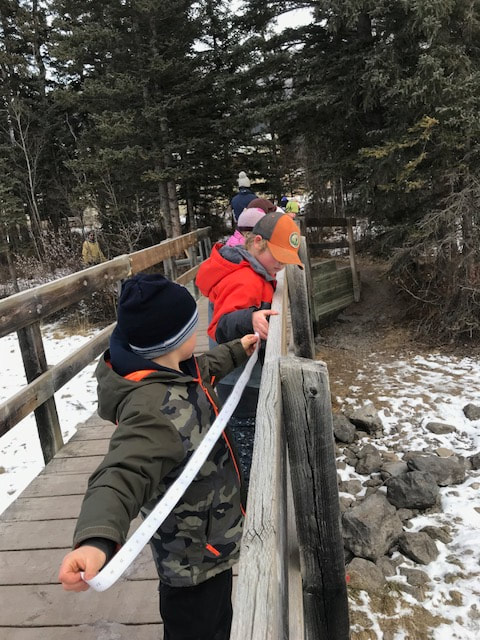
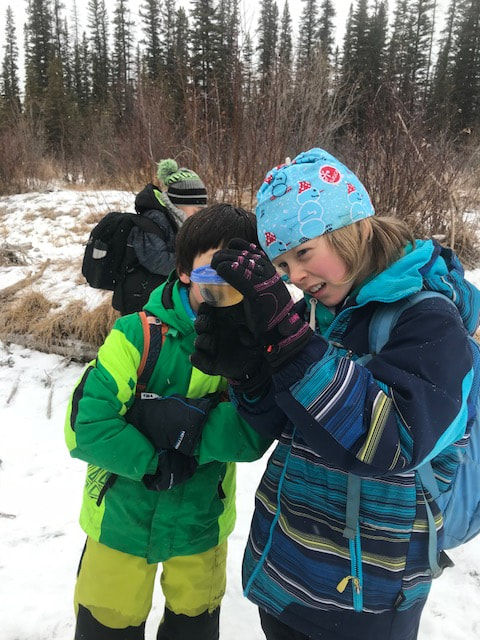
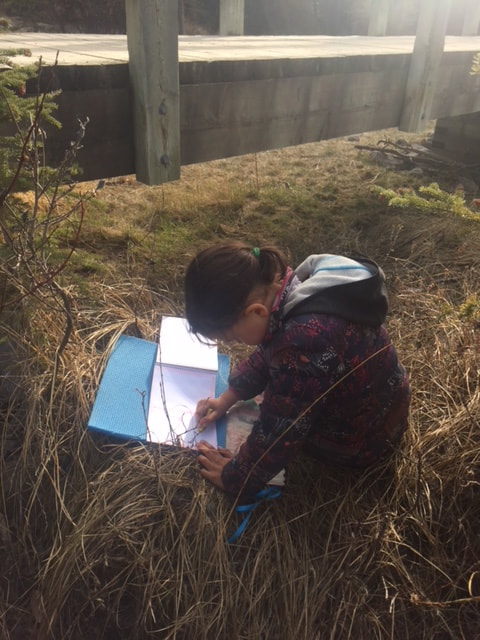
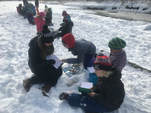
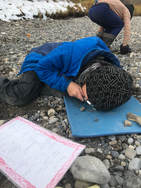
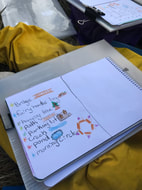
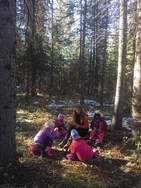
 RSS Feed
RSS Feed
